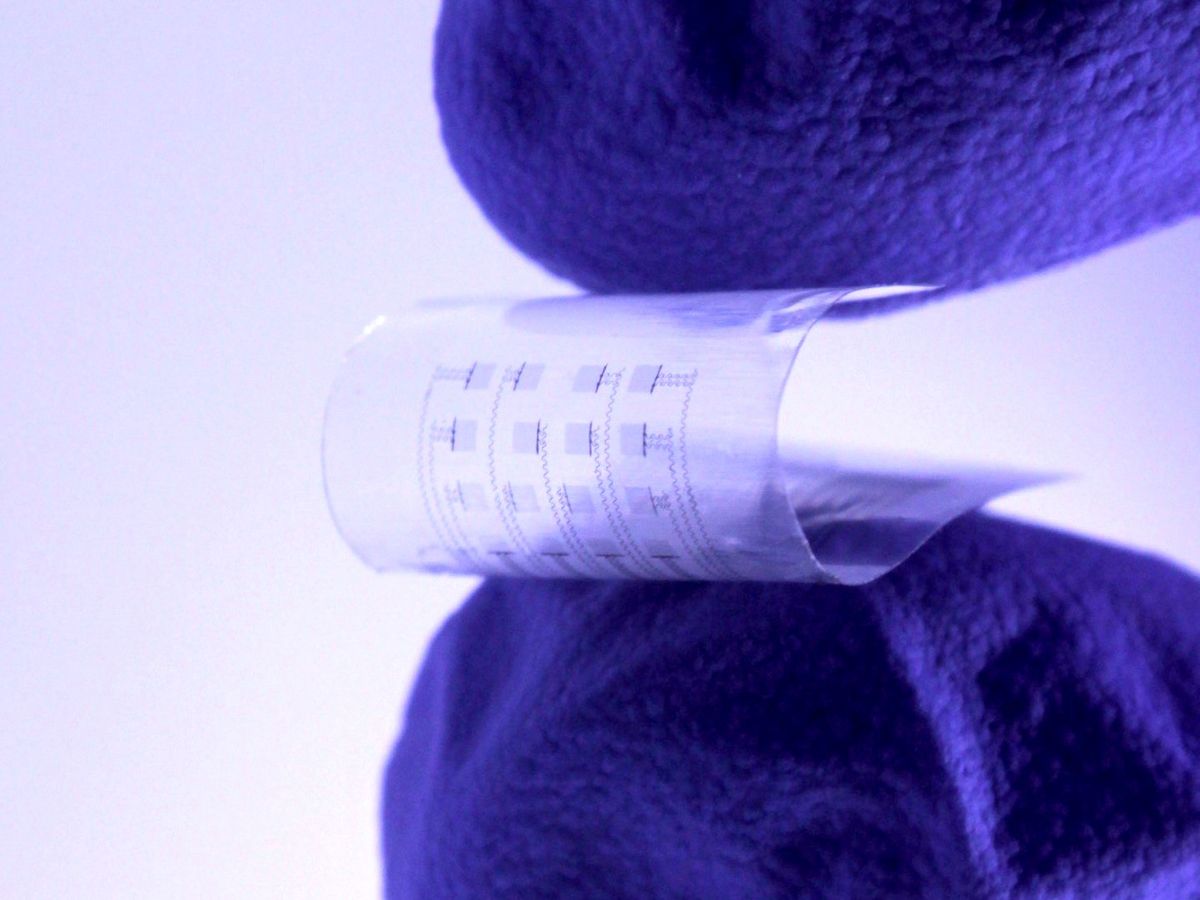A soft implant about the size of a postage stamp may one day both monitor and help treat heart disease and then harmlessly dissolve away when no longer needed, a new study finds.
With roughly 655,000 people in the United States dying from heart disease each year, it accounts for about one in four deaths in the nation annually. All in all, heart disease currently costs the country roughly US $219 billion per year, not to even begin accounting for the layers of personal loss these morbidity and mortality statistics conceal.
One-third of deaths from heart disease result from temporary but potentially life-threatening complications, such as abnormal heart rhythms that can last a few days or weeks following a traumatic cardiac event. Many of these deaths from complications might be prevented if doctors had better tools to monitor and treat patients during that delicate time, says study co-senior author Luyao Lu, a biomedical engineer at George Washington University, in Washington, D.C.
The researchers hope to next implement a wireless power system to run the implantable devices without any leads or other wiring.
Current monitors or therapeutic devices for the heart, such as pacemakers, stents, and defibrillators, are made of rigid metal. “All of them require extraction surgery in case of the need for removal,” says study co-senior author Igor Efimov, a biomedical engineer at Northwestern University in Chicago.
Although such devices prove useful for long-term applications, “many patients need a temporary device to diagnose their medical condition and provide therapy,” Efimov says. Therefore, the scientists designed an implant that could break down when no longer needed—as contrasted to present-day pacemaker tech that of course requires surgery to remove the implants when they’re no longer needed. (Efimov and his colleagues similarly developed the first-ever transient pacemaker.)
In the new study, researchers developed a soft, flexible implant encapsulating a grid of microscopic electrodes. The entire device is about 140 micrometers thick and 16 milligrams in weight.
The device’s molybdenum electrodes can detect electrical activity and continuously stream this data, so doctors can remotely monitor the heart in real time. It can also deliver electrical pulses to help restore normal heart rhythms as soon as the heart starts beating erratically.
Conventional medical implants for the heart are limited in what they can monitor—for instance, pacemakers can tell only whether or not the heart is beating. In contrast, the new device can be placed on various locations on the heart and show which areas are functioning well and which are not.
The new implant is also transparent to let doctors get a good look at the heart if needed during procedures. In addition, much like absorbable stitches, the device is made of FDA-approved materials that completely biodegrade after six weeks.
“Our devices are not designed to replace conventional cardiac electrical implants for chronic applications,” Lu notes. “Instead, they will complement traditional approaches and are aimed for short-term applications that only require temporary mapping and control of cardiac functions.”
The current system does depend on wires for power, control, and communication, Efimov notes. However, the researchers have previously developed a number of wirelessly operated implants, and now seek to make a wireless version of this new device as well, he adds. Lu notes that such wireless operation will rely on magnetic fields, just as wireless charging of electric toothbrushes is done.
So far the scientists have experimented with their device only on mice and rats. “We still need to demonstrate the safety and efficacy of this therapy in large animals like pigs before going to human studies,” Efimov says.
The scientists detailed their findings 5 July in the journal Science Advances.
Charles Q. Choi is a science reporter who contributes regularly to IEEE Spectrum. He has written for Scientific American, The New York Times, Wired, and Science, among others.



